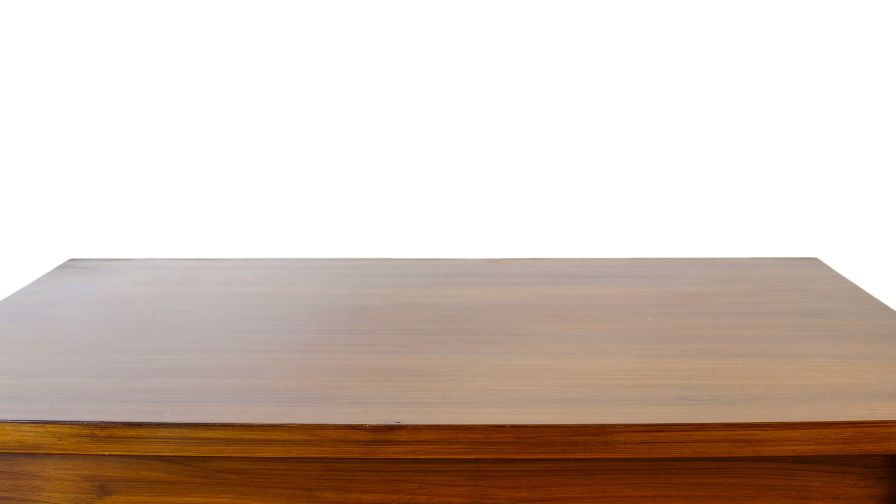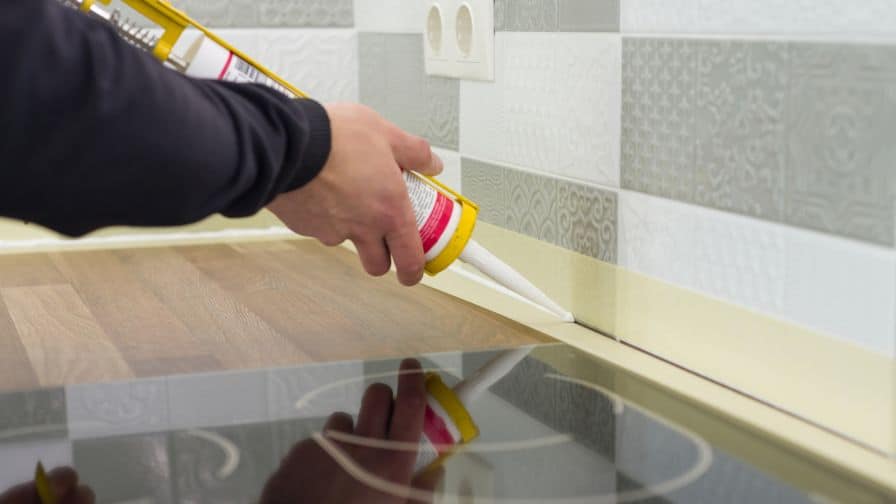
Do you have a tabletop that needs repair? Maybe some gaps between the boards need to be filled. In this blog post, we will teach you how to fill those gaps using a few simple tools and materials. You don’t need to be a professional carpenter to do this job – anyone can do it! Follow these steps and your tabletop will look new again.
How To Fill Gaps In A Tabletop Between Boards
One way to deal with the gap is to simply fill it with glue and sawdust. This works especially well if you’re planning on staining or painting the tabletop, as the mixture can be easily sanded down flush with the surface of the wood.
Another option is to use a commercially available wood filler. These come in different colors to match the wood and can be sanded down once they’ve dried.
If you’re looking for a more permanent solution, you can use a small sliver of the actual wood to fill the gap. This can be glued in place and then sanded flush with the surface.
Whatever method you choose, filling gaps in a tabletop is a relatively easy process. Just be sure to take your time and choose the right filler for the job.
What To Use To Fill Gaps In Wood?
When it comes to woodworking, one of the most important things to know is how to fill gaps in a tabletop between boards. This can be a tricky task, but with the right tools and materials, it can be easily accomplished.
One of the best ways to fill gaps in a tabletop is by using wood putty. Putty is a pliable substance that can be easily molded to fill in any gaps or cracks. It dries hard, making it ideal for use on wood surfaces.
Another option for filling gaps in a tabletop is to use caulk. Caulk is a flexible sealant that can be used to fill in small gaps and cracks. It dries quickly and is perfect for use on wood surfaces.
When choosing a method for filling gaps in a tabletop, it is important to consider the type of wood being used. Some woods are more porous than others and may require different methods for filling in the gaps. With a little bit of research, you should be able to find the best method for your particular project.
Can You Use Silicone To Fill Gaps In Wood?

No, you should never use silicone to fill gaps in the wood. Silicone is not a product that is meant to be used on wood and it can damage the surface of your tabletop. If you need to fill gaps in your tabletop, you should use a product that is specifically designed for that purpose.
There are many different products on the market that you can use to fill gaps in your tabletop and they will all work just as well as silicone. So, if you’re looking for a way to fill gaps in your tabletop, make sure you use the right product for the job.
Will Polyurethane Fill Cracks In Wood Table?
Yes, polyurethane can be used as filler for cracks in wood tables. It is strong and durable, and will not shrink or expand with temperature changes. You can use either oil-based or water-based polyurethane to fill the cracks.
Oil-based polyurethane takes longer to cure, but it will provide a more durable finish. Water-based polyurethane is easier to apply and will not yellow the wood. Either type of polyurethane can be sanded smooth once it has cured.



